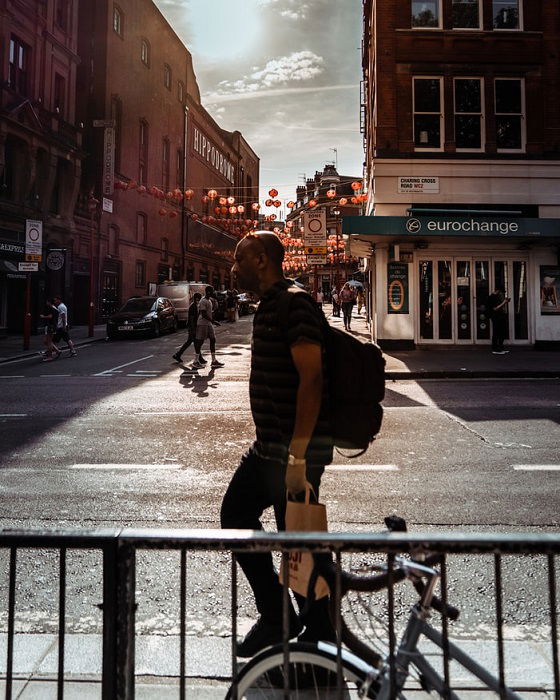The Main Principles Of Framing Streets
The Main Principles Of Framing Streets
Blog Article
The Definitive Guide to Framing Streets
Table of ContentsThe smart Trick of Framing Streets That Nobody is Discussing9 Easy Facts About Framing Streets DescribedFraming Streets - Questions3 Simple Techniques For Framing StreetsSome Known Questions About Framing Streets.The Buzz on Framing Streets
Photography genre "Crufts Pet Program 1968" by Tony Ray-Jones Road photography (likewise in some cases called candid photography) is digital photography performed for art or questions that features unmediated possibility encounters and arbitrary events within public places, generally with the goal of capturing pictures at a definitive or emotional minute by cautious framing and timing. 
, who was motivated to embark on a similar documents of New York City. As the city established, Atget assisted to advertise Parisian roads as a deserving topic for photography.

What Does Framing Streets Do?
Martin is the initial tape-recorded professional photographer to do so in London with a masked camera. Mass-Observation was a social research organisation established in 1937 which aimed to tape-record day-to-day life in Britain and to record the reactions of the 'man-in-the-street' to King Edward VIII's abdication in 1936 to wed separation Wallis Simpson, and the succession of George VI. The chief Mass-Observationists were anthropologist Tom Harrisson in Bolton and poet Charles Madge in London, and their initial record was created as the publication "May the Twelfth: Mass-Observation Day-Surveys 1937 by over 2 hundred onlookers" [] Home window cleaner at Kottbusser Tor, Berlin, by Elsa Thiemann c. 1946 The post-war French Humanist Institution photographers found their subjects on the road or in the restaurant. Andre Kertesz.'s widely appreciated Images la Sauvette (1952) (the English-language important source version was labelled The Definitive Moment) promoted the idea of taking an image at what he labelled the "decisive minute"; "when kind and material, vision and make-up combined into a transcendent whole" - sony a9iii.
The Only Guide for Framing Streets
The recording maker was 'a concealed video camera', a 35 mm Contax concealed under his layer, that was 'strapped to the chest and connected to a lengthy wire strung down the best sleeve'. However, his work had little modern effect as due to Evans' level of sensitivities regarding the originality of his task and the privacy of his topics, it was not released until 1966, in the publication Several Are Called, with an intro composed by James Agee in 1940.
Helen Levitt, then an instructor of children, connected with Evans in 193839. She documented the temporal chalk drawings - 50mm street photography that belonged to kids's road culture in New York at the time, in addition to the youngsters that made them. In July 1939, Mo, MA's brand-new photography section consisted of Levitt's work in its inaugural exhibitRobert Frank's 1958 publication,, was substantial; raw and typically out of focus, Frank's pictures examined conventional digital photography of the time, "challenged all the formal policies set by Henri Cartier-Bresson and Pedestrian Evans" and "contradicted the wholesome pictorialism and sincere photojournalism of American magazines like LIFE and Time".
Report this page